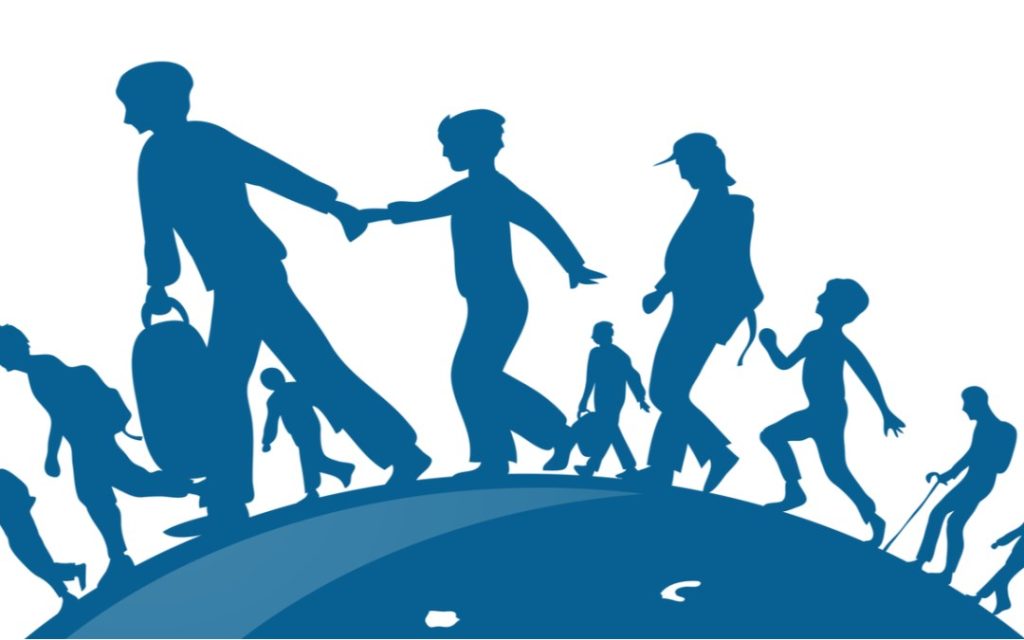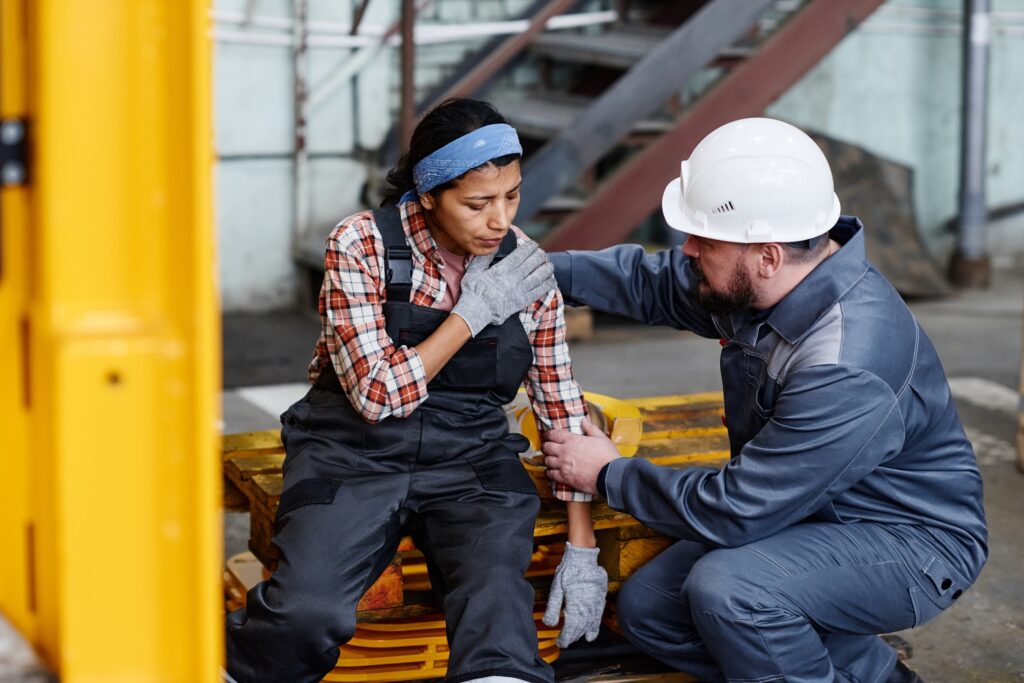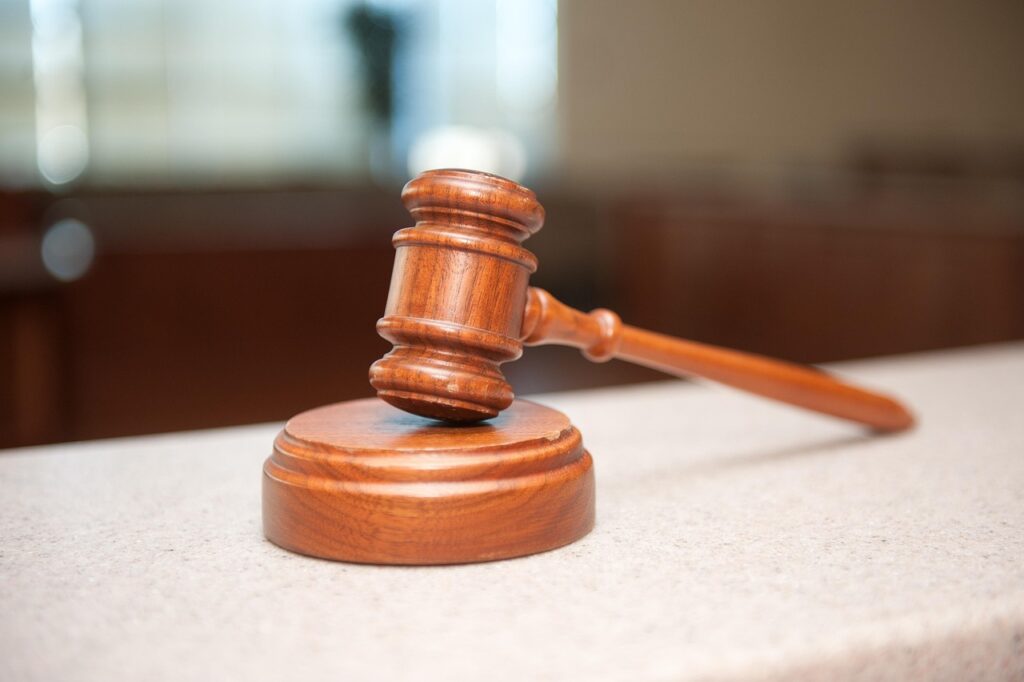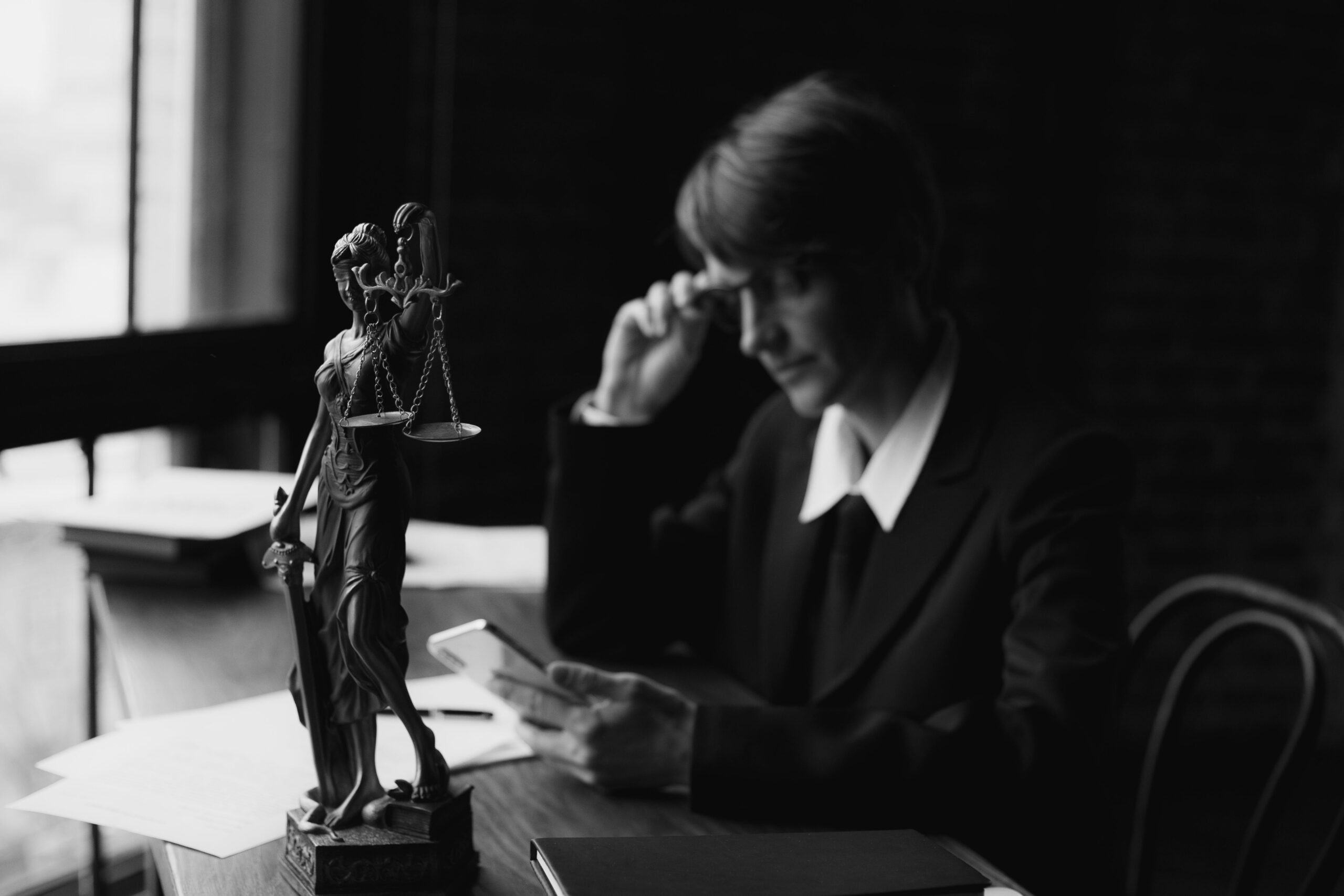Now Reading: A Step Away from Disaster: Exploring the Impact of Slip and Fall Accidents
-
01
A Step Away from Disaster: Exploring the Impact of Slip and Fall Accidents

A Step Away from Disaster: Exploring the Impact of Slip and Fall Accidents
Slip and fall accidents are common occurrences that can have severe consequences. A simple misstep or a wet surface can result in serious injuries, leading to significant physical, emotional, and financial burdens for the victims. In this article, we will delve into the impact of slip and fall accidents, examining the causes, consequences, and preventive measures associated with these incidents.
Causes of Slip and Fall Accidents
Slip and fall accidents can happen in various environments and are caused by several factors. Here are some of the common causes:
1. Uneven Surfaces:
Uneven flooring or sidewalks, damaged carpets, or potholes in walkways can pose a significant risk. Even slight variations in surface levels can cause individuals to lose their balance and fall.
2. Wet or Slippery Surfaces:
Spills, wet floors, recently mopped areas, or icy surfaces can lead to hazardous conditions. Lack of warning signs or failure to address these situations promptly increases the likelihood of accidents.
3. Inadequate Lighting:
Poorly lit areas can impair visibility, making it difficult for individuals to identify potential hazards. Dark staircases, dimly lit hallways, or poorly maintained outdoor lighting can contribute to slip-and-fall accidents.
4. Lack of Handrails or Guardrails:
Staircases, ramps, or elevated platforms without appropriate handrails or guardrails can make it challenging for people to maintain balance and stability, increasing the risk of falls.
5. Cluttered Walkways:
Obstacles such as boxes, cords, or debris in walkways can obstruct individuals’ paths and cause them to trip and fall.
Consequences of Slip and Fall Accidents
Slip and fall accidents can have far-reaching consequences for the victims, impacting their lives physically, emotionally, and financially. Some of the significant consequences include:
1. Physical Injuries:
Slip and fall accidents can result in various injuries, ranging from minor bruises and sprains to more severe fractures, head injuries, or spinal cord damage. In some cases, these injuries can lead to long-term disabilities or even fatalities.
2. Emotional and Psychological Impact:
Beyond physical injuries, slip, and fall accidents can also have a profound emotional and psychological impact. Victims may experience anxiety, depression, or post-traumatic stress disorder (PTSD) due to the traumatic event.
3. Financial Burdens:
Slip and fall accidents often result in significant financial burdens for the victims. Medical expenses, rehabilitation costs, loss of income due to inability to work, and legal fees can add up quickly, putting strain on the injured person and their families.
4. Reduced Quality of Life:
The aftermath of slip and fall accidents may lead to a reduced quality of life for the victims. Physical limitations, chronic pain, and the need for ongoing medical care can affect their ability to engage in daily activities and enjoy their previous lifestyle.
Preventive Measures
While slip and fall accidents cannot be eliminated, implementing preventive measures can significantly reduce the risks. Here are some effective strategies to prevent such accidents:
1. Regular Maintenance and Inspections:
Conduct regular inspections of premises, identifying and addressing potential hazards promptly. Repair or replace damaged flooring, fix uneven surfaces and ensure proper lighting to enhance safety.
2. Flooring and Surface Treatments:
Choose slip-resistant flooring materials and apply appropriate surface treatments to minimize the risk of slips and falls. Mats with high-traction backing can help absorb moisture and prevent slipping.
3. Clear Signage and Warning Systems:
Mark wet or slippery areas with caution signs or floor markers. Utilize warning signs for uneven surfaces, steps, or other potential hazards to alert individuals and encourage caution.
4. Proper Training and Education:
Provide training to employees or individuals regarding proper safety protocols, including how to identify and address potential slip and fall hazards. Educate individuals on the importance of wearing appropriate footwear with good traction.
5. Handrails and Guardrails:
Install secure and properly positioned handrails and guardrails in areas where elevation changes exist. This includes staircases, ramps, and raised platforms to provide stability and prevent falls.
6. Regular Housekeeping:
Maintain clean and clutter-free environments by promptly addressing spills, removing obstacles, and organizing walkways. Encourage regular housekeeping practices to ensure the ongoing safety of the premises.
These types of accidents can have a profound impact on individuals’ lives, leading to physical injuries, emotional distress, and financial burdens, says slip and fall lawyers at Bogin, Munns & Munns. By understanding the causes, consequences, and preventive measures associated with these accidents, we can work towards creating safer environments. Through proper maintenance, awareness, and the implementation of preventive strategies, we can take significant steps towards reducing the occurrence of slip and fall accidents and ensuring the safety and well-being of individuals in various settings.
About the author: Mark Scott
With a law degree under his belt, Mark Scott understood very early that law communication was a relatively neglected area. He decided to help people by “translating” the language and offering information and advice in a clear, useful, and actionable manner. For this reason, instead of finding him in court, you will most likely find his name online, where he is very active and thriving as a legal columnist. His part of making the world a better place is to make the law a less convoluted maze. He aims to make it easier for people to understand when and how to seek legal counsel, how to proceed in a significant number of legal matters, and to find the proper resources so they can stand up for their rights.











